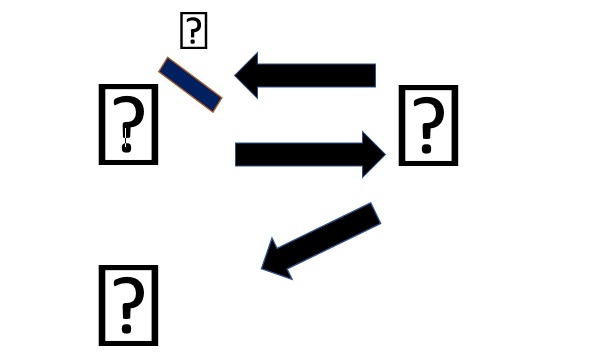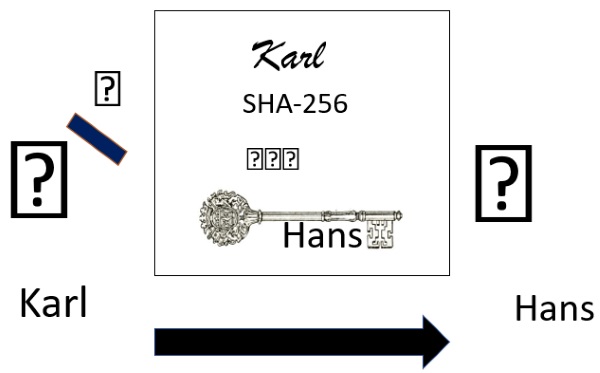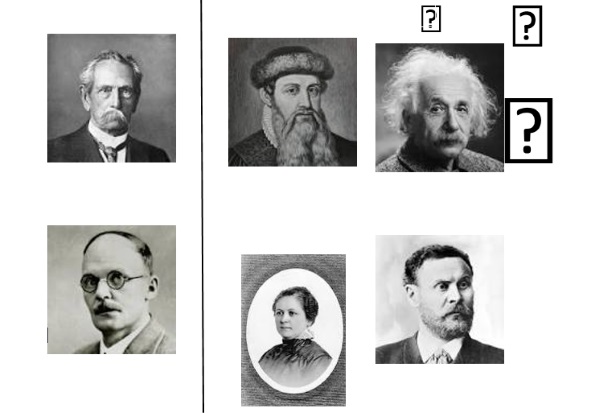Following the positive feedback from our joint blockchain event with the University of Liverpool Management School in January; one of the speakers, Ade Molajo (ULMS alumni) has written a blog to help explain what blockchain is (for those of still confused by this relatively new term!) and why it offers a new solution with many applications.
As the event was so popular we will be holding another blockchain event at the University of Liverpool Management School in September. Keep a look out on our event pages for details nearer the time.
What is it?
Blockchain is a digital distributed record-keeping system on which tokens are stored chronologically and publicly.
Let’s break this definition down.
- Digital – Blockchain is online and is always accessible.
- Distributed – Blockchain is located in a collection of locations rather than one central point. This means that if one computer goes offline, the network is still fully operational.
- Chronologically – Blockchain data adheres to a strict time principal which allows for auditing and traceability of entries.
- Publicly – Blockchain is open for everyone who has access to such a network to view.
How does it work?

A blockchain network is made up of a group of connected computers (nodes). The image above shows white dots (these represent nodes) and lines connecting them together (these are network connections).
In this image, there is no central computer. This means that if one node were to fail, the other nodes would be fully functional. This is an advantage of blockchain over more traditional centralised networks.
Some of these nodes are transaction nodes. They have some valuable information to add to the blockchain network.

Others are minding nodes. They will help mine new blocks to hold the transaction nodes’ data.

The cooperation between the transaction nodes and the mining nodes is what helps blockchains function.
A typical blockchain transaction
Let’s look at a tale of one city – a small city in western Germany. This city is powered by an electricity grid which is located a few thousand miles away from the inhabitants’ neighbourhoods.
The city also allows anyone with solar panels, who produces surplus energy to sell it back to the grid.
The grid then sells this energy back to other homes.
The problem arises when the electricity has to travel from the generating home, out a few thousand miles to the grid and then possibly back out to the same neighbourhood to another customer’s home. Electricity is dissipated throughout this journey, and it’s a waste of resources.
P2P (Peer to Peer) energy trading could solve this issue by cutting out the grid completely.

This is how blockchain makes it possible:

Hans and Karl are neighbours.
Hans would like to buy some energy from Karl who owns his own solar panels.
Karl creates a digital certificate and signs it with his SHA-256 signature. This is an internet protocol that the blockchain network in question is utilising.
He includes a record of three units of energy in the certificate.
He signs it with Hans’s public key. Hans would have shared this with Karl before the transaction took place. Han is also the only one who has access to the corresponding private key. Only he can unlock any transactions that are signed with his public key. This means his transactions are secure.
Next, this transaction needs to be saved on a blockchain network to prove that it actually took place.

Consensus
The gentlemen on the left are Karl and Hans. They own transaction nodes.
The people on the right represent mining nodes.
In order to prove the transaction took place, the blockchain presents the mining nodes with a cryptographic equation which they need to solve. These nodes start to do the calculations in a race to find the answer.
After a set amount of time, the node which is owned by Albert Einstein solves the equation. The result is a hash value.
He broadcasts this to the other nodes who agree on its validity.
He receives tokens in exchange for his efforts. This is his incentive.
Immutability

Block 3 has just been mined by Albert and it holds Hans’ and Karl’s transaction. It is now on a public ledger and there is proof of it taking place.
The symbols in the blocks represent hash values. A hash value is specific to the time and contents of the block which it is associated with.
Each block has a hash and a reference to the hash before it. This helps to form chronological links between blocks. Once a block is mined, if it attempted to change a hash value, it would be invalidated unless 51 per cent of the computers on the network agree on its validity.
In addition, changing one hash symbol will mean it’s hash reference has to be changed as well. One change affects the whole blockchain. In a chain of 1 million blocks, it is not hard to see why it would not be profitable for a hacker to attempt an unauthorised change. This feature is called immutability.
These are security features of blockchain networks.
That ends our tale of one city.
For more info –
- Bitcoin – The first blockchain application
- Etherum – A public smart contract blockchain network
- Hyperledger– An enterprise-grade blockchain network.
Ade Molajo is a blockchain speaker, writer and consultant – AdeMolajo.com
